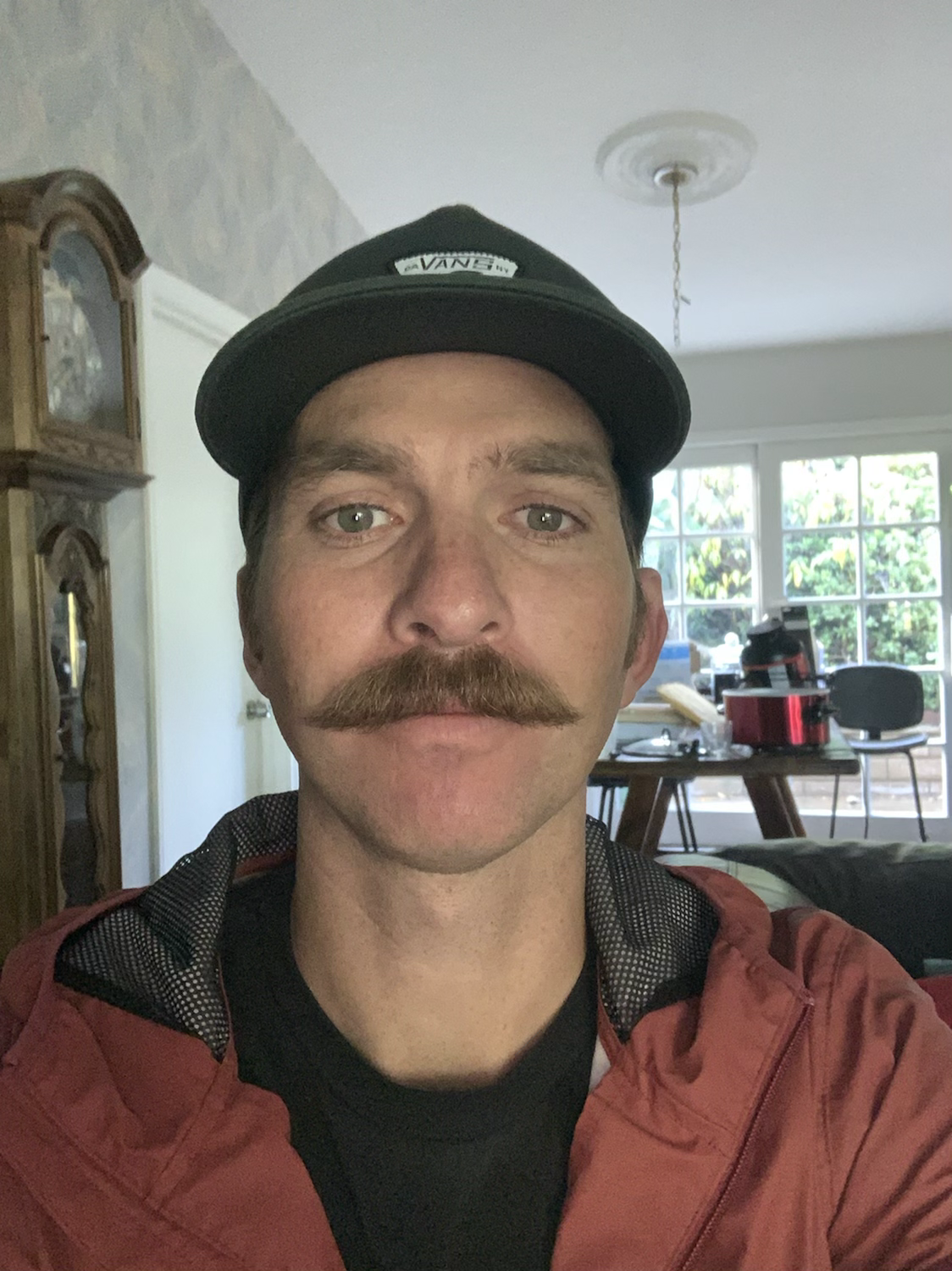
Helping Your Anxious Puppy Feel Safe and Confident
- Joel Ebstein

- Sep 24
- 2 min read
Bringing home a puppy is supposed to be full of joy—but for some new owners, it can also be stressful when their little one shows signs of anxiety. Just like people, puppies can feel nervous, insecure, or overwhelmed by new environments. The good news? With patience, structure, and love, you can help your puppy grow into a calm, confident dog.
Spotting the Signs of Puppy Anxiety
Not all anxious puppies act the same. Some may be clingy, while others hide or bark excessively. Common signs include:
Whining, trembling, or pacing
Excessive barking when left alone
Destructive chewing or digging
Accidents indoors despite being house trained
Reluctance to meet new people or dogs
Recognizing these behaviors early is the first step in helping your pup.
Step 1: Create a Safe Space
Every puppy needs a secure place where they can relax. A crate, cozy bed, or gated area works well. Keep this space calm and free from loud noises or constant traffic. Make it inviting with soft blankets, a toy, and perhaps a piece of clothing with your scent.
Step 2: Establish a Routine
Anxious dogs feel more secure when they know what to expect. Feed, walk, and play with your puppy at consistent times each day. Predictability helps them relax and reduces stress triggers.
Step 3: Build Positive Associations
Help your puppy link new experiences with good outcomes. For example:
Pair car rides with treats or a fun walk at the destination.
Reward calm behavior when meeting new people.
Introduce new sounds (like the vacuum or doorbell) slowly, paired with play or snacks.
Step 4: Practice Alone Time Gently
Separation anxiety is common in puppies. Start by leaving for very short periods—just a few minutes—and return calmly. Gradually increase the time away so your pup learns that you’ll always come back. Avoid making departures and arrivals dramatic.
Step 5: Provide Mental and Physical Stimulation
A tired mind and body are less likely to feel anxious. Daily walks, playtime, puzzle feeders, and basic training sessions all help redirect nervous energy into positive outlets.
Step 6: Stay Calm and Consistent
Dogs feed off our energy. If you respond to your puppy’s anxiety with frustration or nervousness, they’ll only feel more unsettled. Stay calm, patient, and consistent—it reassures your pup that you’re in control.
When to Seek Extra Help
Some puppies struggle more than others, and that’s okay. If your puppy’s anxiety feels overwhelming or doesn’t improve, talk to your veterinarian. They can rule out medical causes and, if needed, refer you to a professional dog trainer or behaviorist.
Final Thoughts
An anxious puppy isn’t “broken”—they simply need extra reassurance and guidance. With love, structure, and gentle training, most puppies learn to feel safe and confident in their new world. Over time, those anxious behaviors often fade, leaving you with a loyal companion who trusts you completely.

Comments